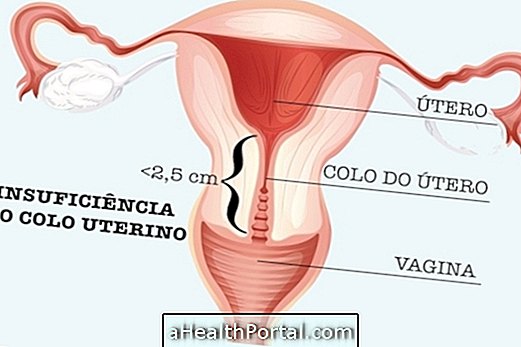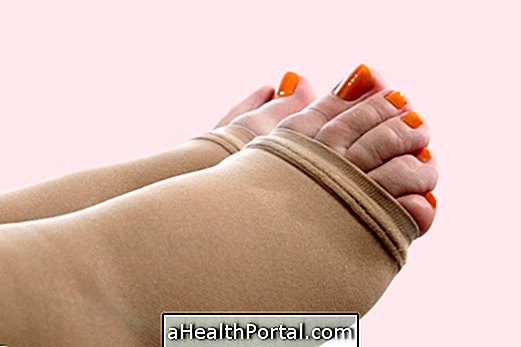Neck, back, knee and thigh pains are common in people who work more than 6 hours a day seated, 5 days a week. This happens because sitting for many hours in the work chair reduces the natural curvature of the spine, causing pain in the lower back, neck and shoulders, and even decreases blood circulation in the legs and feet.
So to avoid these pains it is recommended not to stay more than 4 hours in a row sitting, but it is also important to sit in the correct position where there is a better distribution of body weight on the chair and table. For this, it is indicated to follow these 6 great tips:

- Do not cross your legs, leaving them slightly apart, with your feet flat on the floor, or with one foot on the other ankle, but it is important that the height of the chair is the same distance between your knee and the floor.
- Sit on the buttock bone and tilt the hip a little forward, which will make a lumbar curve more pronounced. The lordosis must exist even when seated, and when viewed sideways, the column should form a gentle S when viewed from the side;
- Place the shoulders slightly backwards to avoid the formation of the 'hump';
- The arms should be resting on the arms of the chair or on the work table;
- Avoid having to lower your head to read or write on a computer if you need to go up the computer screen by placing a book underneath. The ideal position is that the top of the monitor should be at eye level, so you do not have to tilt your head up or down;
- The computer screen should be at a distance of 50 to 60 cm, usually when stretching the arm can touch the screen, keeping the arm stretched.
Posture is the ideal alignment between bones and muscles, but it is also influenced by one's own emotions and experiences. By maintaining a good sitting position there is a uniform distribution of pressures on the intervertebral discs and the ligaments and the muscles work harmoniously, avoiding a wear and tear of all the structures that support the spine.
However, good sitting posture and the use of chairs and tables suitable for work are not enough to decrease the overload in bones, muscles and joints, and it is also necessary to do strengthening exercises and stretching regularly so that the spine can have more stability.
Pilates Training to Improve Posture
Watch the following video for the best exercises to strengthen the muscles of the back, improving the posture:

These exercises should be performed daily, or at least 3 times a week to have the expected effect. But another possibility is to opt for RPG exercises that are static exercises, performed under the supervision of the physiotherapist, for about 1 hour, and frequency of 1 or 2 times a week. Learn more about this global postural reeducation.
What helps maintain good posture

In addition to striving to maintain proper posture, the use of the ideal chair and the positioning of the computer screen also make this work easier.
Ideal chair to work or study
Always use an ergonomic chair is an excellent solution to avoid back pain caused by poor sitting posture. So when buying a chair to have in the office this should have the following characteristics:
- Height should be adjustable;
- The back should allow back tipping when needed;
- The arms of the chair should be short;
- The chair should be 5 feet, preferably with casters to move around better.
In addition, the height of the work table is also important and ideally when sitting in the chair the chair's arms can be leaning against the bottom of the table.
Ideal Computer Position
In addition, it is important to be aware of the distance from the eyes to the computer and the height of the table:
- The computer screen should be at least one arm at a distance, since this distance allows the arms to be correctly positioned and assist in the best posture - take the test: stretch the arm and check that only the fingertips touch the screen your computer;
- The computer needs to be positioned in front of you at eye level without having to lower or lift your head, ie your chin should be parallel to the floor. Thus, the table must be high enough for the computer screen to be in the correct position or, if this is not possible, to place the computer on a book, for example, so that it is at the appropriate height.
Adopting this stance and staying with it whenever you are in front of the computer is critical. This avoids back pain and poor posture, as well as localized fat that can develop through a sedentary lifestyle and is favored by poor blood circulation and weakness of the abdominal muscles.























